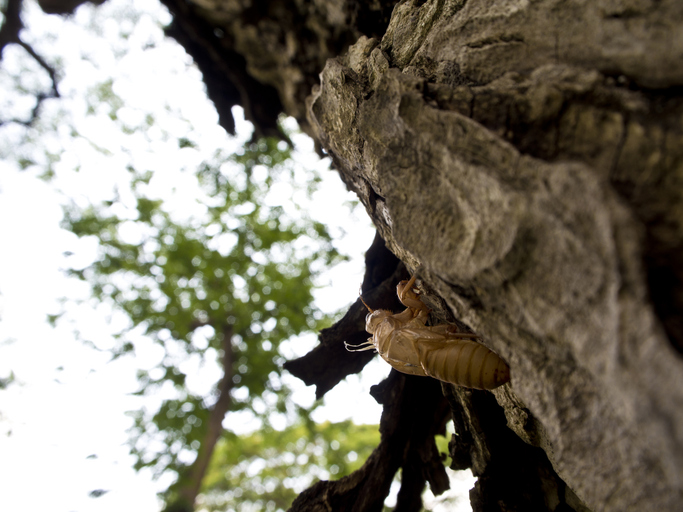Maryland Set to Welcome Trillions of Cicadas in 2025
Cicada Surge: Maryland Set to Welcome Trillions of Cicadas in 2025

Get ready for a noisy spring! Maryland is about to experience a massive cicada emergence in 2025 as Brood XIV, the second-largest cicada brood, resurfaces after 17 years underground.
This wave of cicadas, part of what’s known as the Greater Eastern Brood, will blanket 13 states across the eastern U.S., bringing trillions of the buzzing insects above ground.
What Are Cicadas, Exactly?
With over 3,000 species worldwide, cicadas are distinctive insects known for their translucent wings and sizes ranging from 2 to 5 centimeters. Despite their startling appearance and erratic flying patterns, cicadas are harmless, they don’t bite or sting.
What they do bring is a signature sound: a loud, droning buzz produced by male cicadas vibrating special membranes on their abdomens. According to Britannica, they use this noise to communicate and attract mates, and they can make up to three different sounds depending on their environment or mood. Female cicadas, on the other hand, may produce clicking noises with their wings.
When Will Cicadas Emerge in Maryland?
Brood XIV is expected to emerge in spring 2025, though the exact timing can vary. The University of Connecticut notes that cicadas typically surface when the soil reaches about 64°F at a depth of 7 to 8 inches. Because of this, emergence dates can differ from state to state, and even county to county, depending on local temperatures.
Climate change is also playing a role in shifting cicada patterns. In 2024, parts of Maryland saw early appearances as early as mid-May. Typically, the cicadas die off by June.
Brood XIV will be active in Maryland and neighboring states, including Virginia, West Virginia, Pennsylvania, New Jersey, New York, and Massachusetts, as well as regions of Georgia, Kentucky, Tennessee, and southern parts of Indiana and Ohio.
How Long Do Cicadas Live?
Cicadas that follow long underground life cycles are known as “periodical cicadas.” According to Britannica, there are around 500 species globally with extended lifespans, and seven of those — found in eastern North America — have synchronized 13- or 17-year cycles.
These insects spend most of their lives buried underground as nymphs. When they finally surface, they live for just a few weeks — long enough to molt, mate, and lay eggs. The newly hatched nymphs then dig back into the soil, restarting the cycle for another decade and a half.
So if you hear a chorus of high-pitched buzzing this spring, don’t panic, it’s just nature keeping its very noisy appointment.